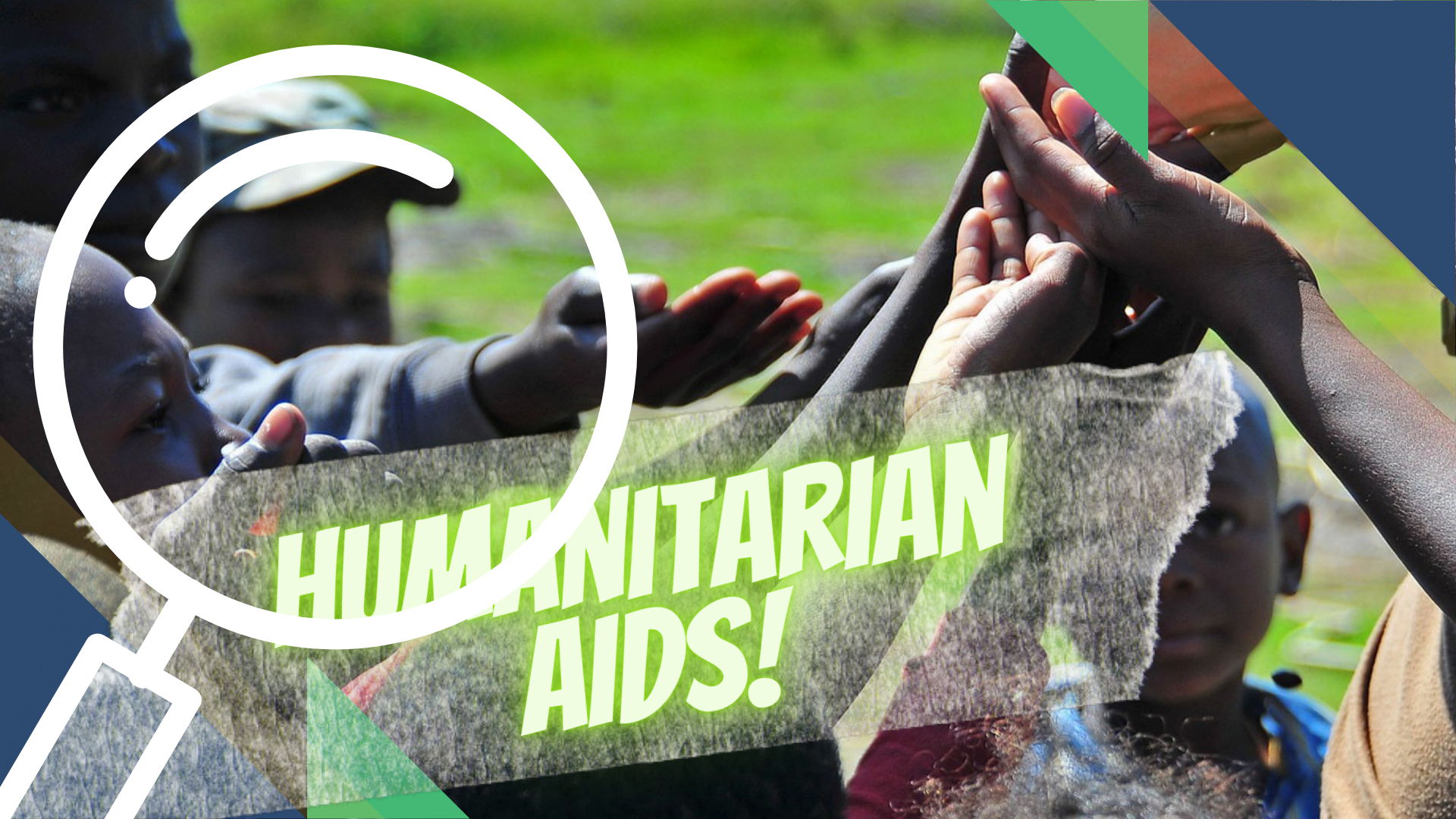The Business of Philanthropy - Humanitarian Aid or a Wealth Building Scheme?
Hi, I am Zestimony, and new in the Community. The world is changing rapidly, and information is at the fore of all these changes. Based on the foregoing, I felt, what better way to stay woke than to stay informed? And what better way to be informed that to join the Deep Dives community. I am using this first post to introduce myself, I am no expert in journalism, but research is basically gathering available facts, which I think I can do well. So, say welcome to my humble self.

Lately, it seems people are becoming more attracted to philanthropy that ever before. When do humans start becoming so kind and caring? Even willing to shell-out billions of dollars to help? Could their be something more?
I made a deep dive, and here is what I stumbled upon.
A devastating earthquake struck the Caribbean island nation of Haiti in January 2010, killing about 200, 000 people. The heartbreaking images moved world leaders, who sent aid to rebuild the nation. The United States alone donated 1.3 billion dollars, but only a small portion of this money reached Haiti. According to surveys, NGOs in this country received just 0.9 percent of the aid distributed. Where did the rest of the money go? Most of it stayed in the United States and went to private companies. It is unclear how they spent the money or if it even left the country at all. As a result, Haiti is still in poverty. Infrastructure is in ruins and there are still about 100,000 internally displaced people, the majority of whom are still living in refugee camps. Public services have not significantly improved.
Read more | Read more | Read more | Read more
Reports like these make you wonder where the billions of dollars that NGOs receive, the funds set aside by the government for the poor, and the relief packages that international organizations promise are actually spent. If the money is distributed, does it even reach the intended recipients?
Humanitarian aid has kind of devolved into a farce in terms of what impact it actually has, aside from generating publicity for the donors, aiding nations in building their soft power, and perhaps even helping international organizations sell some merchandise. Audits have shown that one-fifth of foreign aid never leaves donor countries; it either stays in their banks or is given to their NGOs rather than those who need it.
Of the money contributed as aid, most times, as reports may have it, up to 25% of aid never leaves donor countries and the remaining 75% does not reach recipients directly but instead travels through various agencies before arriving at them. Each agency receives a cut, and as a result, accountability decreases.
Rationale
International aid is a collection of many different things rather than a single sum of money. Food and money are both involved. As important as these expenses may be, they do not lead to the transfer of resources. Some of it is debt relief, and some of it is people because it includes the cost of consultants and staff who offer technical assistance.
Consider the case of Timor-Leste, a nation in southeast Asia that attained independence in 1999.

Since then, it has received over $5 billion in aid, of which $2 billion was used for the UN mission alone, and bilateral donor projects have cost an estimated $1.7 billion on which UN staff are paid ten times more than locals.
The More You Look, the Less You See
Not everything about international aid is as it seems. Only a small portion of the aid promised is actually delivered. The organizations that are supplying it use up some of it. Even though some of it makes it to the recipient nations, it quickly returns to the donors, filling their pockets.
Tied Aid: How Foreign Aids Return to Donor Countries
Foreign aid that is tied means that it must be spent on goods and services made by companies in the country that is giving the aid (the donor country) or in a group of countries chosen by the donor country. A developed country will give a developing country a bilateral loan or grant, but the money must be spent on goods or services made in the developing country.
In 2006, the Organisation for Economic Co-operation and Development (OECD) estimated that 41.7 percent of Official Development Assistance is untied. Source

The aid providers usually bind the aids to businesses located in the donor nations. Therefore, the loans are attached to American companies if, for example, America is the donor. As a result, these businesses choose how the money is spent.
Statistics has it that more than 14% of bilateral aid in 2012 was tied in 2017. In 2018, there were more than 15. It increased to over 19 percent, with donors making up nearly all of them. With a combined total of about 11 billion dollars in bilateral aid in 2018, the United States topped the list in 2018. Over 22% of the 4.2 billion dollars were held by Japan. South Korea tied more than 48% of its aid, and Germany tied close to 15% of its aid, or 3.1 billion dollars.
All of these nations pledged to provide aid, but instead of doing so, they invested the money in their own businesses, advancing their own economic interests before those of the recipient nations.
The Birth of Poverty Barons
Poverty barons are private individuals who in the name of assisting the underprivileged use the resources for their own profit.
Poverty barons are usually born from developed countries, especially those who always tend to run to the aid of unprivileged and struggling nations. The majority of the aid promised is actually used to set up offices for the poverty barons and come up with aid ideas; only a small portion of it is actually used for welfare or development.
The remainder is given to developing nations in the form of grants, subsidized loans, and occasionally debt relief, which essentially places the money in the hands of leaders rather than the general populace.
The Truth
Instead of combating inequality and ending poverty, aid seems to have turned into a form of colonialism. Instead of aiding the underprivileged, it has evolved into a lucrative platform for some in the west to grow their businesses. Politics and vested interests are what motivate it. At this point, helping those in need doesn't seem like a noble act anymore, rather, it is a business strategy that only indirectly benefits the poor.
DISCLAIMER:
I am not attempting to disparage the work done by NGOs or humanitarian bodies; some of them have made a significant contribution and do provide life-saving assistance. The purpose of this report is to unveil how foreign aid has turned into a business model that serves the interest of donors over those of the recipients.









Comments